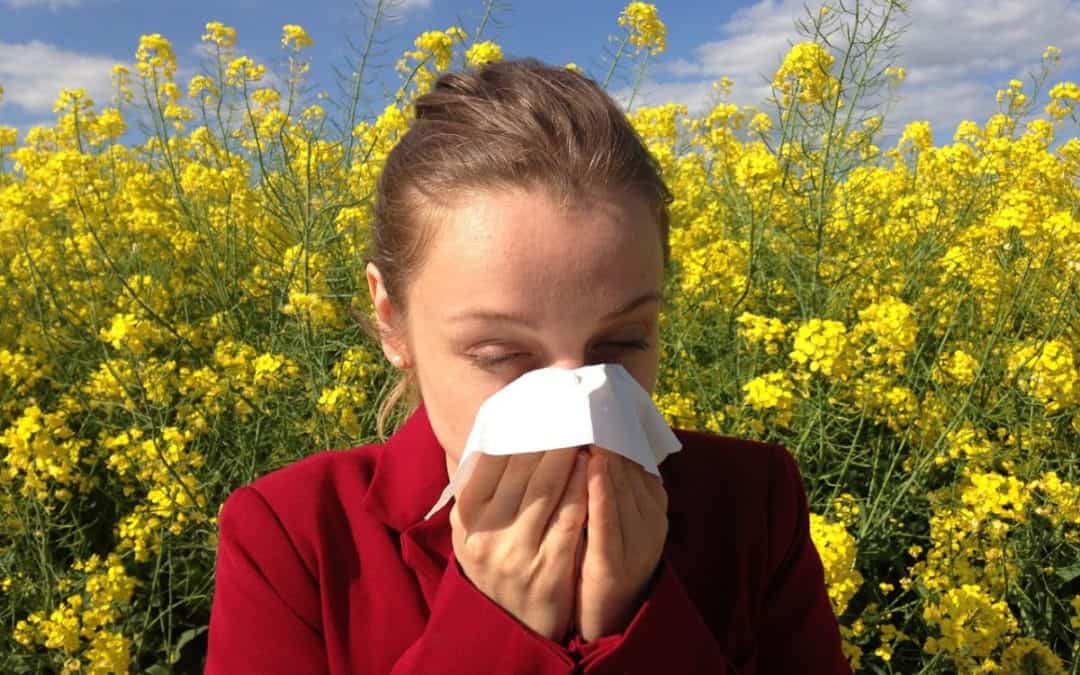Allergies are caused by being exposed to pollution of either a particulate form for example, pollen or maybe a chemical form for instance, polyvinylchloride. The effects of your exposure to a pollutant to which the body is allergic vary considerably. Hayfever with a few sneezes in the morning is a mild reaction whereas Multiple Chemical Sensitivity can totally debilitate a sufferer. So, what could be done to reduce the symptoms from these allergies? The answer is a lot.
Although this short article deals with making use of portable air purifiers, the first layer in a plan to lower allergic symptoms should be to get rid of the source of the pollution. An air purifier is typically unable to keep up with an active source. For instance, while a better home air purifier can minimize the smell and particulates from a cigar, it will not be effective while a cigar is being smoked. Surfaces and materials that might harbour the pollutant such as rugs, walls, light bulbs, drapery, and upholstery must be cleaned or eliminated from the environment. All of these things will continuously bring back the pollutant to the environment. Finally, in case there is a forced air system in the home or office the filter must be changed on a regular basis and duct cleaning should be taken into consideration in older homes and offices. Often these initial steps remove the pollutant and the allergy sufferer finds relief without the use of an air purifier.
All of the efficient air purifier technologies are straightforward. Generally there is a box with a fan and some system, either electronic or mechanical, that takes out pollutants from the airflow that is passing though the box. The real key to understanding how to use an air purifier is to keep in mind that only the air that goes though the box gets cleaned. So, if you have a lengthy room you may be far better with two small air purifiers at either end as opposed to one large unit in the middle. Think logically and keep in mind how these devices work.
The technology in which you should use is determined by what type of pollutant you are trying to get rid of. Adsorption media such as activated carbon or zeolite will remove chemical pollutants, HEPA and electronic technologies will definitely remove particulates, and UV technology will disable microorganisms. Generally these technologies are used in combination.
Pollen is a particulate pollutant and is ideally managed with either a HEPA system or an electronic system. HEPA is highly effective but the filters must be changed on an interval that varies from 6-months to 5-years being dependent on the manufacturer. Electronic filter elements do not need to be changed however, must be washed on a regular basis to remain effective. Both of these technologies are typically integrated with an activated carbon filter. These vary from pounds of media to a thin mat. Since pollen is a particulate we do not need to stress over the activated carbon but do not expect much from the activated carbon mats. They do not provide sufficient exposure time to be effective at getting rid of chemicals or odors.
Microorganisms are frequently a concern for those that have weak or damaged immune systems including the very young and elderly. One of the most effective way to address the spread of microorganisms is the use of UV light in the air purifier. This light affects the DNA of the organism and at the very least keeps it from reproducing but more often kills it. UV light is usually employed combined with HEPA technology so that the air is clear of particulates that would shade the microorganisms from the UV radiation.
Chemicals are eliminated from the air via a method known as adsorption. A media is utilized such as activated carbon that has tremendous surface area. As the chemicals encounter the media they adhere to the media and coat it, thereby removing the chemicals from the air. Even though activated carbon is an effective general purpose media, currently there are other mixtures that have been created by air purifier companies that address specific compounds. Therefore, if you find out which compounds you are actually targeting for elimination it is most ideal to communicate this with the firm to get the correct mixture to take care of your issue. Much like UV, HEPA is usually used together with the adsorbing media. This assures that the media does not end up being clogged with particulate pollution and made much less effective.
In summary, the first defense against airborne allergens is to get rid of the source of the allergen and anything that will retain the allergen. Select a technology that is effective with the specific allergen that is the concern. Apply air purifiers in such a way as to magnify the air that is moving though the unit.


